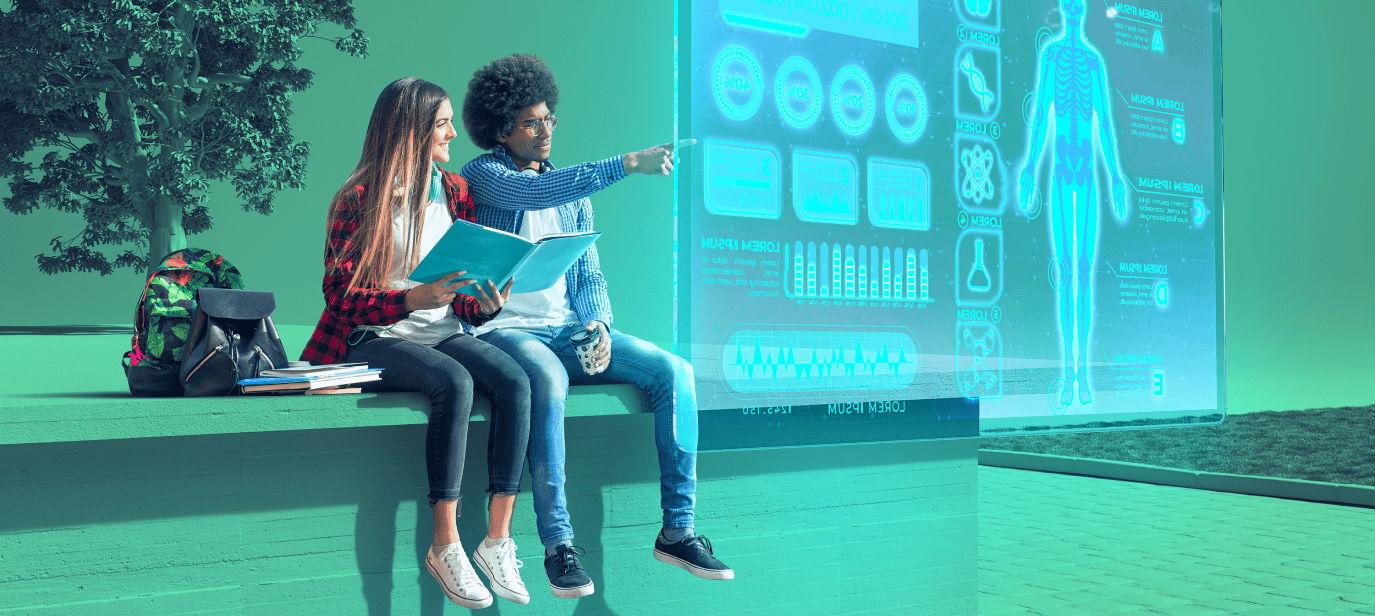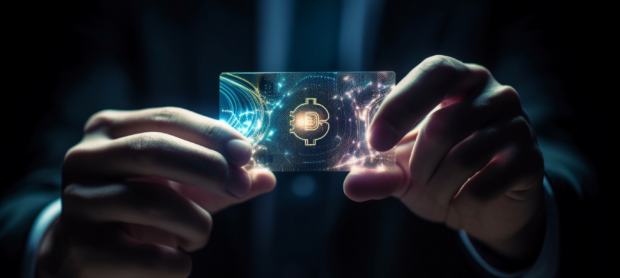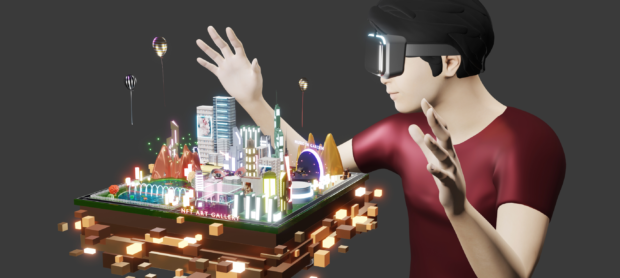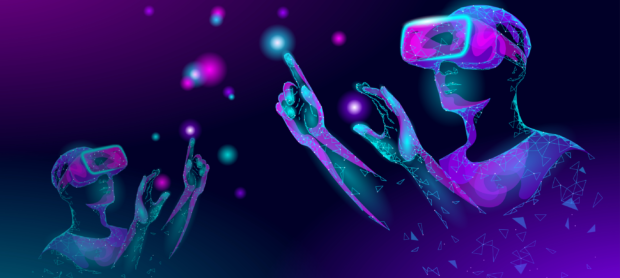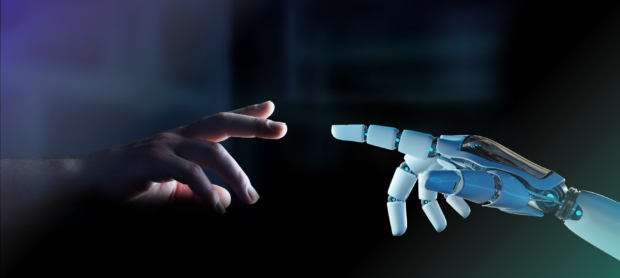One of the most significant advances in our quickly developing digital age is the emergence of mixed reality. This dynamic fusion of the physical and digital worlds generates a setting where physical and digital objects co-exist and interact in real time, leading to novel settings and visualizations where physical and digital objects co-exist and interact.
In the fields of education and healthcare, mixed reality has the potential to have significant effects. Incorporating mixed reality into these fields entails more than merely implementing new technology; it also entails completely changing how we educate, learn, heal, and care for one another. By providing immersive, practical experiences that boost understanding, and memory, and encourage more effective, sympathetic care, mixed reality can close the gap between theoretical knowledge and real-world application. Students might perform virtual frog dissections or enter human cells in the classrooms of the future. Before making a single incision, surgeons in hospitals may employ mixed reality to see what’s going on beneath the skin of a patient.
Mixed Reality in Education
A new era of immersive learning is being shaped by mixed reality, one in which learning by doing is not only feasible but also encouraged. Magic Leap is an example of a mixed reality service that enables learners to interact with content in a deeply personal way, a wonder that conventional approaches frequently fail to engender. By enabling numerous users to interact with the same digital content from various locations, mixed reality encourages cooperation while giving students the freedom to learn at their own speed.
Case Studies of the Effective Use of Mixed Reality in Different Educational Settings
Many organizations all around the world are utilizing mixed reality services to improve their educational opportunities. For instance, the University of Cambridge uses HoloLens to teach anatomy to medical students, enabling them to see and interact with 3D models of various body systems. Similar to this, schools are utilizing mixed reality in basic education to make topics like history and geography more participatory. The British Museum developed an app in partnership with mixed reality programmers that takes users on an immersive historical tour through a Bronze Age roundhouse.
The Problems of Using Mixed Reality in Education
Although mixed reality has enormous educational potential, it is not without difficulties:
– The necessity for a strong network infrastructure
– The high cost of technology
– The shortage of qualified educators
These are a few of the obstacles to widespread adoption. Nevertheless, solutions are appearing. For instance, these difficulties are starting to be addressed by the creation of affordable mixed reality technology, instructor professional development programs, and developments in cloud computing.
Future Predictions for Mixed Reality in Education
The use of mixed reality in education has a promising and transformational future. Mixed reality services will become a crucial component of educational institutions all around the world as hardware gets more reasonably priced and internet connectivity spreads more widely. Every classroom may have a mixed reality area in the future, every topic may have elements of mixed reality, and every student may have a personal mixed reality device. With the help of this technology, the way we learn will change, as will what we learn, creating a more interesting, personalized, and dynamic learning environment.
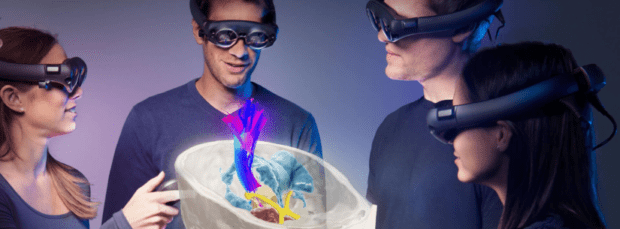
Mixed Reality in Healthcare
In addition to transforming education, mixed reality is also making a big impact on healthcare. Through the use of a mixed reality portal, clinicians can access patient data in real-time, creating a new dimension of patient care. A more immersive method of medical education is also provided through mixed reality, allowing medical personnel to study and practice complex procedures without the anxiety and risk of real-life repercussions. This blending of digital and physical worlds has the potential to lower error rates, enhance patient outcomes, and transform medical education.
Examples of Successful Mixed Reality Implementation in Various Healthcare Scenarios
Worldwide, mixed reality applications in healthcare are becoming increasingly successful. Case Western Reserve University is a good example of a school that has included Microsoft’s HoloLens in its curriculum. Students examine 3D holographic renderings of the human anatomy through the mixed reality portal to achieve a comprehensive understanding that can’t be obtained from textbooks or cadavers.
In another instance, a major hospital and a metaverse development company worked together to produce a mixed reality application for surgery. In order to improve surgical precision and maybe shorten procedure times, surgeons use this program for pre-operative planning and intraoperative visualization.
The Problems of Using Mixed Reality in Healthcare
Mixed reality integration in healthcare does face some challenges, though. Some of the major obstacles include:
– The privacy issues
– The lack of suitable technological infrastructure
– The expensive deployment
There are solutions on the horizon: developing laws are addressing privacy issues, improvements in cloud computing are enabling effective data processing, and it is anticipated that the cost of integrating mixed reality will reduce as technology develops.
Healthcare Mixed Reality Future Predictions
Mixed reality in healthcare appears to have a bright future. We anticipate that as technology advances, mixed reality portals will be widely used in hospitals and clinics to close the gap between digital patient data and hands-on patient care. Additionally, collaborations with metaverse development firms may result in the development of completely immersive teaching environments for medical practitioners.
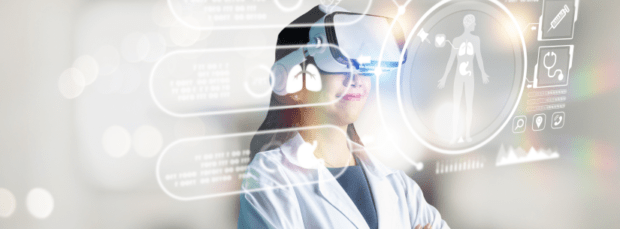
The Intersection of Education and Healthcare in Mixed Reality
When we consider the application of mixed reality in both education and healthcare, a world of synergies unfolds. Mixed reality development services can create tools that bridge these sectors, enriching the learning process for medical professionals while simultaneously improving patient care. The educational component of learning anatomy is combined with the practical component of diagnosing and treating patients, for instance, in mixed reality medical training. Through the use of an integrated approach, medical information is ensured to be understood and applied more thoroughly, resulting in a new generation of medical professionals who are skilled at using cutting-edge technology for patient care.
The Possible Collaborative Projects and Their Benefits:
– Virtual Clinical Training Centers: These involve cooperation between educational institutions and healthcare professionals. These facilities, supported by mixed reality development services, would let professionals and students practice clinical operations safely. Here, the distinction between instruction and practical application is blurred, creating a secure environment for developing skills and enhancing patient outcomes.
– Remote Medical Collaboration: Medical educators, students, and other healthcare professionals from all around the world can collaborate remotely thanks to mixed reality. Consider a scenario in which medical students observe a real surgery performed by a renowned surgeon from a distant nation while being supervised by their professor. Such an interactive learning environment could change medical school and raise the bar for healthcare around the world.
– Tools for Patient Education: Mixed reality development services can produce resources that doctor and nurses can utilize to inform patients about their diseases and available treatments. Patients are better able to make decisions when they have a visual and interactive awareness of their health. Additionally, these might be used as real-world case studies for medical students in the educational system.
Conclusion
In the exploration of mixed reality’s transformative potential, we’ve journeyed through its dynamic impact in education and healthcare. Mixed reality is at the vanguard of the technology revolution, enhancing education with immersive, hands-on learning and boosting patient care with real-time data visualization.
Although there are infrastructure, economic, and privacy challenges, the future road is becoming more and more obvious as technology and regulations advance. These cutting-edge tools are becoming more widely available thanks to the development of affordable devices, dependable cloud computing, and growing mixed reality development services.
The use of mixed reality in healthcare and education is not just in the future; it is already taking place. And it’s preparing us for a time when healthcare is more precise, education is more immersive, and the boundaries between the physical and digital worlds are blurred for the benefit of improved patient care and learning.
Are you inspired to explore the potential of mixed reality in your field? Whether you’re an educator, a healthcare provider, or an innovative business, we at Eventyr can help you bring your idea to life. Our highly qualified professional team, skilled in AR/ VR development services, can work under your control to realize your vision of incorporating mixed reality. Let’s shape the future of learning and patient care together. Contact us for more information and take the first step towards your own mixed reality transformation.
